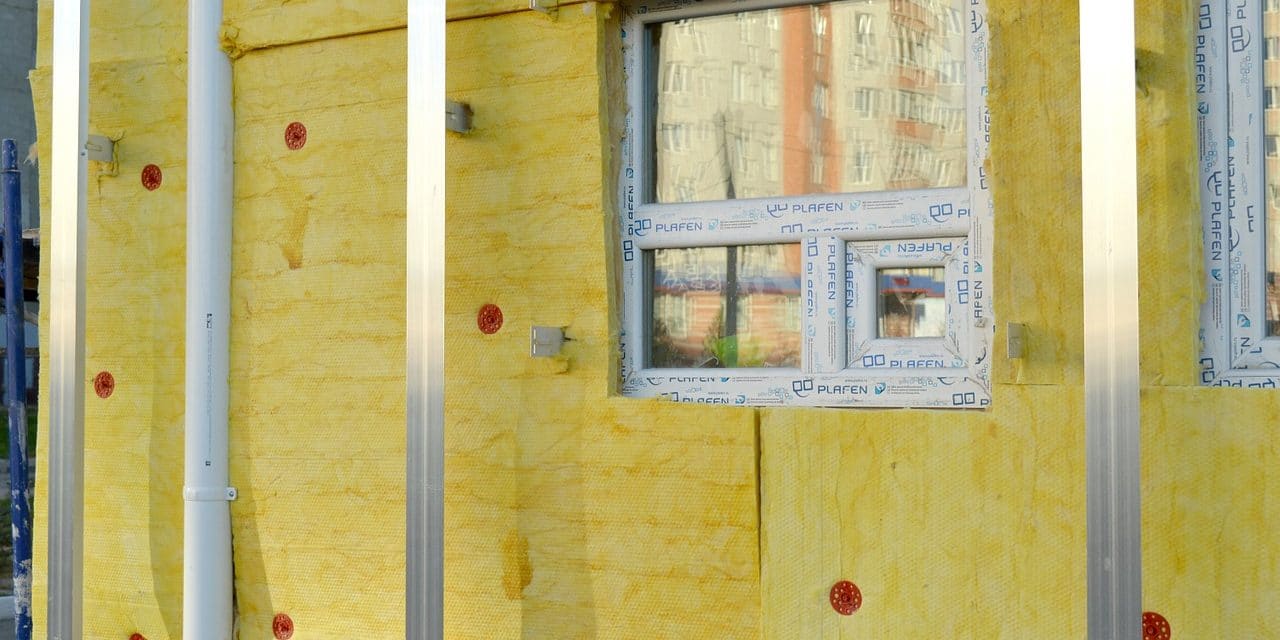Thermal Mass
“Thermal mass” refers to a structure’s ability to slowly absorb ambient heat, then store and radiate that heat. Thermal mass construction can help avoid sudden spikes in indoor temperatures, and can also shift energy demand to cheaper off-peak times of day.
Incorporating thermal mass is especially efficient in climates where there is a large temperature swing over the course of a day; studies have shown substantial energy savings for thermal mass homes in hot areas like the Arizona desert. For colder climates, the potential for savings drops off and insulation becomes the most important part of the equation.
Effective building materials for thermal mass applications generally have high density, high specific heat (the capacity for absorbing heat), and low thermal conductivity. Common examples are concrete and brick construction and earthen walls in adobe structures.
“Solar gain” is another term frequently seen in discussions of a home’s thermal performance; this refers to the amount of heat from the sun that is absorbed by a home’s thermal mass. Thermal mass can be one key component of “passive solar” design.
Insulation and R-Value
Simply put, insulation is just a barrier between hot and cold temperatures. “R-Value” stands for “resistance value”, meaning the measurement of resistance to heat transfer (higher R-values indicate better insulation). R-value measurements are most commonly seen in insulation products like foam board, fiberglass mats, and blown cellulose, and also in components like thermal windows or doors.
Many materials with substantial thermal mass also provide good insulation; being inherently thicker, they usually don’t transfer heat through the building envelope very readily. But conversely, many common insulating materials like fiberglass and polystyrene foam do not provide thermal mass, because they lack the necessary density and specific heat.
Dynamic R-Value Equivalent
The dynamic R-value equivalent is a comparison of insulation and thermal mass performance in a specific structure (because it depends largely on the local climate). The dynamic R-value equivalent is basically the R-value of a traditionally constructed frame wall that delivers the same energy efficiency as a comparable structure with thermal mass walls.
Here’s an example: a concrete and masonry home in the desert Southwest might provide efficient heating and cooling thanks to its thermal mass. The static R-value of the home’s walls might be R-22, but the home’s energy use could be comparable to a timber frame home with R-45 insulation in the walls. Thus, the R-22 masonry walls in this particular home would be said to have a dynamic R-value equivalent of R-45, since they perform just as well as an R-45 frame wall.





![10 Steps Toward a Zero Energy Home [Infographic]](https://elemental.green/wp-content/uploads/2016/04/cbfb-440x264.jpg)


